You are using an out of date browser. It may not display this or other websites correctly.
You should upgrade or use an alternative browser.
You should upgrade or use an alternative browser.
Updated Celebrity Rings!!!
- Thread starter bling*diva*
- Start date
SB621
Ideal_Rock
- Joined
- Aug 25, 2009
- Messages
- 7,864
- Joined
- Jul 23, 2012
- Messages
- 20,240
Ugh right! I just knew that's exactly how her ring would look.SB621|1398870085|3663541 said:this is really making me want an EC sooooo badly!
- Joined
- Oct 15, 2010
- Messages
- 2,192
- Joined
- Oct 15, 2010
- Messages
- 2,192
fogdancer
Shiny_Rock
- Joined
- Mar 17, 2009
- Messages
- 358
redroze|1398867580|3663526 said:
doesn't look like and european cut, but only a emerald cut...
European cuts by definition are round.
Where the Old Miner Cut was an antecedent of the modern round brilliant, the Old European Cut was the direct forefather to the modern round brilliant. It was the Old European Cut that was studied for the development of the proportions that would allow the creation of the measurements for the ideal cut diamond. Rounder in shape than the Old Miner Cut, and cut with a circular girdle, the Old European Cut is similar to, but still far from its direct descendent, the round brilliant.
Like the Old Miner Cut, the Old European cut is a rounded, hand faceted cut of diamond. The Old European, as with its direct descendent, the round brilliant, is cut with 58 facets in an effort to maximize brilliance and fire. However, it was developed before the perfection of the diamond saw, and so was primarily hand faceted. This lead to the Old European Cut being cut and polished with a small table, high crown, deep pavilion and an open culet. The deep, faceted pavilion and small table in the Old European cut is designed to bring light in, and reflect its inner fire of color back to the viewer's eye when looking down upon the table.
It is important to note that candlelight and gaslight were the main sources of lighting for gemstones prior to the early 20th century. Each of these is much dimmer, and far more forgiving of flaws, than modern electric lighting. Under the softer lighting of the 19th century the hand faceting, deep pavilion, open culet and small table resulted in a scintillation that had been unseen in diamonds until then.
This type of faceting, along with the open culet, is effective under candlelight, but under electric lighting, the culet often creates the image of a hole in the bottom of the diamond. However, it is also due to this type of shape that the Old European Cut, like the Old Miner Cut, is better able to hide their actual color. The less than exact nature of the hand faceting, along with the deeper cut and smaller table, provide less light dispersion, and so the diamond can appear lighter in color than it actually is.
While the Old European Cut demonstrates greater attention to the effect of light dispersion on the diamond, it was nevertheless cut for maximum carat weight retention. This is to say that the diamond was still cut and polished in accord with the shape of the rough diamond. Regardless of the Old European Cut's lapse in popularity, the current proportions for the ideal cut of diamond owe a debt to the timeless charm of the Old European cut. It was this diamond shape that Marcel Tolkowsky and Henry Morse, among others, used in experimentation for developing the angle and facet parameters for the ideal cut diamond. Due to the hand-faceting nature of this cut, there are no ideal measurements.
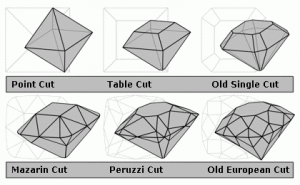
fogdancer
Shiny_Rock
- Joined
- Mar 17, 2009
- Messages
- 358
derbygal|1398895997|3663867 said:Leighton Meester's ring. Looks like a bezel-set cushion in rose gold. Love it! She's engaged to Adam Brody.
She'd married with Adam Brody since February 2014.
http://www.dailymail.co.uk/tvshowbiz/article-2575075/James-Franco-Leighton-Meester-set-make-Broadway-debuts-Of-Mice-And-Men.html
- Joined
- Oct 15, 2010
- Messages
- 2,192
pandabee
Ideal_Rock
- Joined
- Feb 29, 2012
- Messages
- 2,910
- Joined
- Oct 15, 2010
- Messages
- 2,192
- Joined
- Oct 15, 2010
- Messages
- 2,192
fogdancer
Shiny_Rock
- Joined
- Mar 17, 2009
- Messages
- 358
SB621
Ideal_Rock
- Joined
- Aug 25, 2009
- Messages
- 7,864
fogdancer|1399268006|3666384 said:redroze|1398867580|3663526 said:
doesn't look like and european cut, but only a emerald cut...
European cuts by definition are round.
Where the Old Miner Cut was an antecedent of the modern round brilliant, the Old European Cut was the direct forefather to the modern round brilliant. It was the Old European Cut that was studied for the development of the proportions that would allow the creation of the measurements for the ideal cut diamond. Rounder in shape than the Old Miner Cut, and cut with a circular girdle, the Old European Cut is similar to, but still far from its direct descendent, the round brilliant.
Like the Old Miner Cut, the Old European cut is a rounded, hand faceted cut of diamond. The Old European, as with its direct descendent, the round brilliant, is cut with 58 facets in an effort to maximize brilliance and fire. However, it was developed before the perfection of the diamond saw, and so was primarily hand faceted. This lead to the Old European Cut being cut and polished with a small table, high crown, deep pavilion and an open culet. The deep, faceted pavilion and small table in the Old European cut is designed to bring light in, and reflect its inner fire of color back to the viewer's eye when looking down upon the table.
It is important to note that candlelight and gaslight were the main sources of lighting for gemstones prior to the early 20th century. Each of these is much dimmer, and far more forgiving of flaws, than modern electric lighting. Under the softer lighting of the 19th century the hand faceting, deep pavilion, open culet and small table resulted in a scintillation that had been unseen in diamonds until then.
This type of faceting, along with the open culet, is effective under candlelight, but under electric lighting, the culet often creates the image of a hole in the bottom of the diamond. However, it is also due to this type of shape that the Old European Cut, like the Old Miner Cut, is better able to hide their actual color. The less than exact nature of the hand faceting, along with the deeper cut and smaller table, provide less light dispersion, and so the diamond can appear lighter in color than it actually is.
While the Old European Cut demonstrates greater attention to the effect of light dispersion on the diamond, it was nevertheless cut for maximum carat weight retention. This is to say that the diamond was still cut and polished in accord with the shape of the rough diamond. Regardless of the Old European Cut's lapse in popularity, the current proportions for the ideal cut of diamond owe a debt to the timeless charm of the Old European cut. It was this diamond shape that Marcel Tolkowsky and Henry Morse, among others, used in experimentation for developing the angle and facet parameters for the ideal cut diamond. Due to the hand-faceting nature of this cut, there are no ideal measurements.
Red said EC for Emerald Cut...she never called it European cut!!!!!! And FYI on PS we abbreviate old European cuts to OEC.
And I'm sure it is a white/er//ish diamond and just looks yellow in that lightening.
UrsTx
Brilliant_Rock
- Joined
- May 27, 2013
- Messages
- 697
- Joined
- Oct 15, 2010
- Messages
- 2,192
- Joined
- Oct 15, 2010
- Messages
- 2,192
- Joined
- Jul 23, 2012
- Messages
- 20,240
Wow that looks very similar to mom2boys'derbygal|1401057858|3679932 said:Even though they just recently broke their engagement, thought you'd like to see tennis star Caroline Wozniacki's ring from golf pro Rory McIlroy.
Maisie
Super_Ideal_Rock
- Joined
- Dec 30, 2006
- Messages
- 12,598
- Joined
- Oct 15, 2010
- Messages
- 2,192
- Joined
- Oct 20, 2007
- Messages
- 6,418
Niel|1401120436|3680355 said:Wow that looks very similar to mom2boys'derbygal|1401057858|3679932 said:Even though they just recently broke their engagement, thought you'd like to see tennis star Caroline Wozniacki's ring from golf pro Rory McIlroy.
Maybe they're the same person
- Joined
- Oct 15, 2010
- Messages
- 2,192
- Joined
- Jan 11, 2006
- Messages
- 58,581
- Joined
- Mar 1, 2011
- Messages
- 4,070
- Joined
- Oct 15, 2010
- Messages
- 2,192
- Joined
- Jul 23, 2012
- Messages
- 20,240
Thats just too much for me.derbygal|1402427319|3690235 said:Here is La Toya's on GMA.
Share:
The Ultimate Guide to Men’s Wedding Bands: Metals, Fit & Finish
The Ultimate Guide to Men’s Wedding Bands: Metals, Fit & Finish - 06/27
Chipped Diamonds: Causes, Risks, and What You Should Do About It
Chipped Diamonds: Causes, Risks, and What You Should Do About It - 06/27

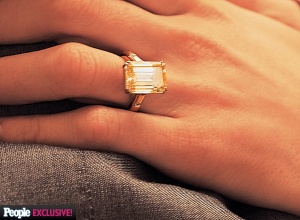
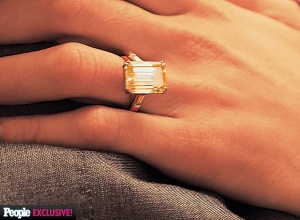
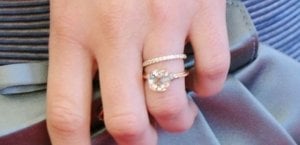
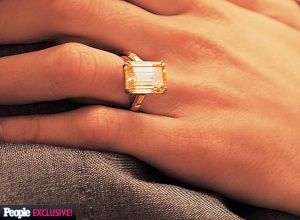
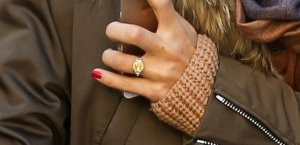
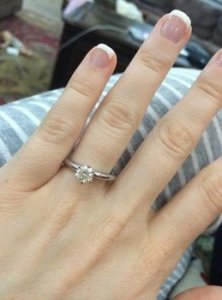
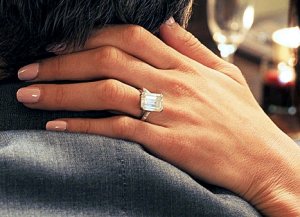
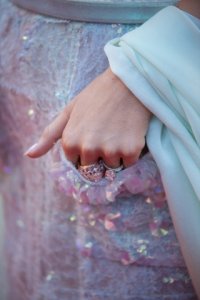
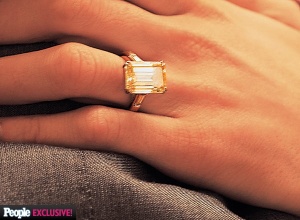
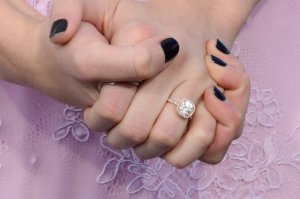
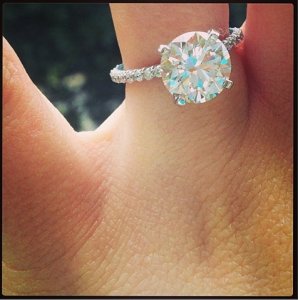
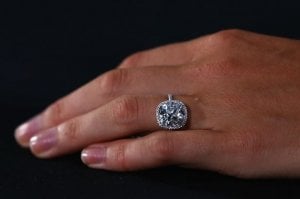

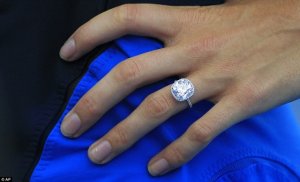
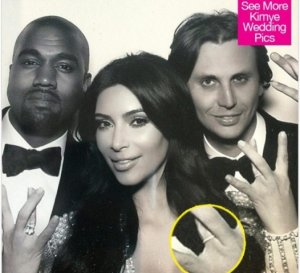
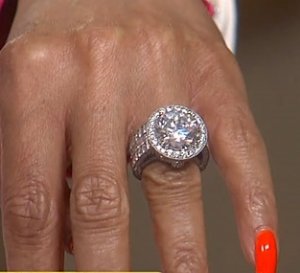


300x240.png)